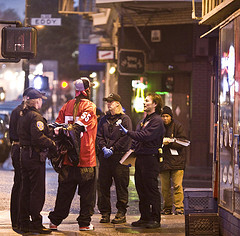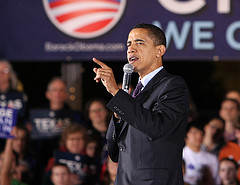Well-known Harvard sociologist Orlando Patterson recently wrote an op-ed piece for for the New York Times about Hillary Clinton’s ‘3 am’ phone advertisement.
Patterson writes:
“On first watching Hillary Clinton’s recent ‘It’s 3 a.m.’ advertisement, I was left with an uneasy feeling that something was not quite right — something that went beyond my disappointment that she had decided to go negative. Repeated watching of the ad on YouTube increased my unease. I realized that I had only too often in my study of America’s racial history seen images much like these, and the sentiments to which they allude.”
…
“I have spent my life studying the pictures and symbols of racism and slavery, and when I saw the Clinton ad’s central image — innocent sleeping children and a mother in the middle of the night at risk of mortal danger — it brought to my mind scenes from the past. I couldn’t help but think of D. W. Griffith’s ‘Birth of a Nation,’ the racist movie epic that helped revive the Ku Klux Klan, with its portrayal of black men lurking in the bushes around white society. The danger implicit in the phone ad — as I see it — is that the person answering the phone might be a black man, someone who could not be trusted to protect us from this threat.”

 The New York Sun
The New York Sun A recent
A recent